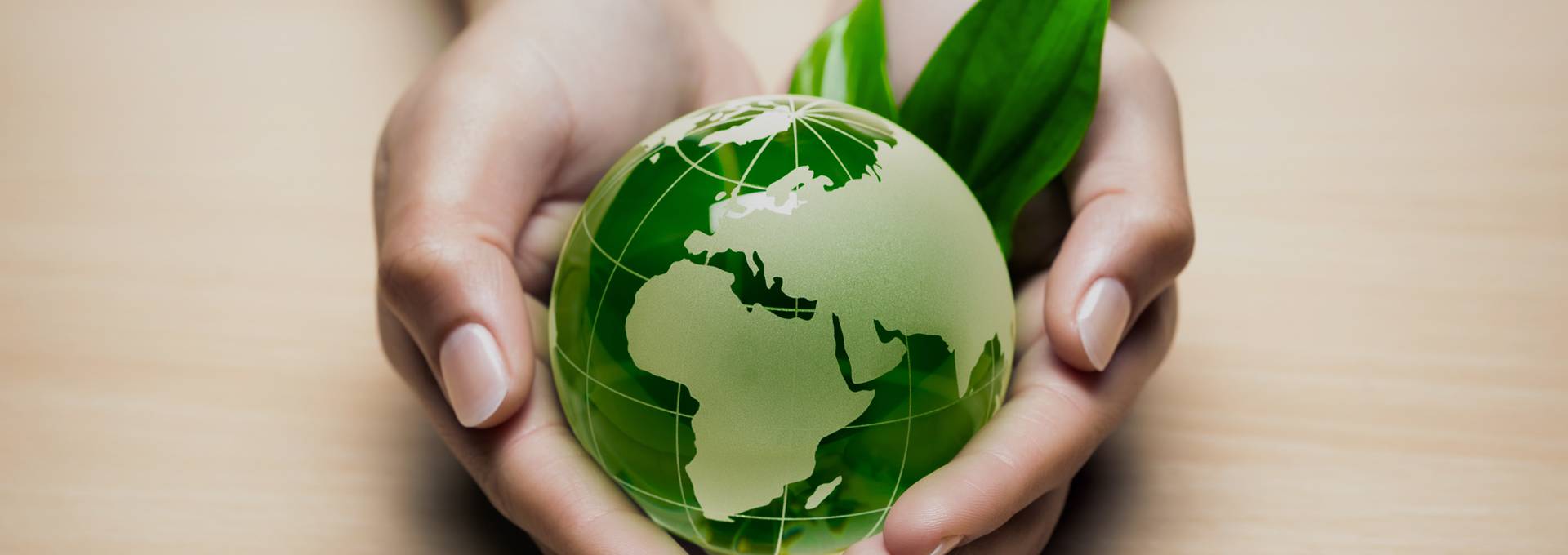Uncover the Benefits of Wood Vinegar
Wood vinegar is an acidic liquid with a pH of 3 with acetic acid as the main component. It is very similar in composition and color to table vinegar (it is originally a whiskey color or a transparent light yellow liquid with the wood tar completely removed), and each is refined according to different methods. become. Simply put, it is obtained by the natural cooling and liquefaction of the smoke emitted during the process of burning wood into charcoal. Therefore, wood vinegar is made by carbonizing trees, converting their energy into gas and then naturally cooling it into a concentrated liquid. Contains K, Ca, Mg, Zn, Ge, Mn, Fe and other minerals, as well as vitamins B1 and B2. General wood vinegar liquid: for agricultural use, feed use, industry, and commercial use.
Because the nature of wood vinegar varies with its preparation method, the name of the raw material should be added before the wood vinegar, such as birch wood vinegar, oak wood vinegar, hardwood sawdust (wood) wood vinegar, etc. Research in northern my country is mainly on wood vinegar, while in the south, bamboo vinegar is the main one. Bamboo vinegar can also be divided into many kinds of bamboo vinegar according to different types of bamboo. This is mainly related to the convenient source of raw materials.
Spraying wood vinegar into the soil can prevent seed blight and can also be used as a soil disinfectant. Applying bamboo vinegar to the soil can effectively inhibit the reproduction of microorganisms that hinder plant growth and kill root nodule nematodes and other pests.
5. Wood vinegar liquid for food preservation is often used in the food industry for its antifungal, antibacterial, and antioxidant properties.
What is Wood Vinegar?
Wood vinegar, also called plant acid, is a reddish-brown liquid obtained by condensation and separation of the steam gas mixture derived from the carbonization of wood and other biomass in a carbonization equipment. It is a very complex mixture. The wood vinegar obtained directly from the retort condensation equipment is called crude wood vinegar. It is a brown-black liquid that contains a large amount of tar and harmful substances, and needs to be further refined according to different uses. The crude wood vinegar obtained during the dry distillation of biomass is divided into two layers when left to clarify. The upper layer is clarified wood vinegar and the lower layer is precipitated wood tar. The clarified wood vinegar can be further processed to obtain products such as acetic acid (or acetate), propionic acid, butyric acid, methanol, and organic solvents. After processing of the precipitated wood tar, creosote, creosote, and wood tar antipolymerization can be obtained. agents, wood asphalt and other products.Because the nature of wood vinegar varies with its preparation method, the name of the raw material should be added before the wood vinegar, such as birch wood vinegar, oak wood vinegar, hardwood sawdust (wood) wood vinegar, etc. Research in northern my country is mainly on wood vinegar, while in the south, bamboo vinegar is the main one. Bamboo vinegar can also be divided into many kinds of bamboo vinegar according to different types of bamboo. This is mainly related to the convenient source of raw materials.
The Main Ingredients of Wood Vinegar
The component types and contents of wood vinegar vary with the collection process, storage time and refining methods. The components of wood vinegar involve many types of compounds, most of which are trace components. The main component is water, followed by organic acids, phenols, alcohols, ketones and other substances. Acids are the most characteristic components of wood vinegar, and their content in wood vinegar is also high, often accounting for more than 50% of organic matter. Other ingredients in wood vinegar include nitrogen-containing alkali substances in molecules such as amines, methylamines, dimethylamines, and amines, as well as trace elements such as K, Ca, Mg, Zn, Ge, Mn, and Fe.The Magical Function of Wood Vinegar
The main components of wood vinegar are acetic acid, phenols, and water, of which acetic acid, the organic component, accounts for more than 10%. This product has strong bactericidal and antibacterial functions at high concentrations; it can inhibit the reproduction of miscellaneous bacteria at low concentrations, and has anti-bacterial and anti-insect effects. Wood vinegar can neutralize nitrogen and sulfur compounds and is used as a deodorant; wood vinegar liquid contains many phenolic substances that can sterilize, disinfect and repel pests and is used as a disinfectant and insect repellent. It has been widely used in organic agricultural cultivation in developed countries.1. Soil Improvement
Spraying wood vinegar into the soil can prevent seed blight and can also be used as a soil disinfectant. Applying bamboo vinegar to the soil can effectively inhibit the reproduction of microorganisms that hinder plant growth and kill root nodule nematodes and other pests.
2. Deodorize
Wood vinegar liquid can be used to deodorize the odor caused by the decay of fresh food such as toilet feces, livestock houses and fish markets. Spraying wood vinegar liquid in bathrooms and other stinky places can eliminate odors and keep the air fresh. Spraying once can last for 3-5 days. In summer, it can also be used as a perfume to eliminate body sweat and other odors and make people feel cool.3. Liquid Smoked Products
Hams and sausages soaked in clarified wood vinegar and then smoked will make the hams and sausages less prone to insects and more delicious.4. Plant Growth Regulator
Wood vinegar can promote the growth of vegetables, fruit trees, flowers, rice, lawns and other plants. In addition, wood vinegar can also be used to make fertilizers, inhibit the growth of weeds, reduce the amount of pesticides, and be a repellent for pests, etc.5. Wood vinegar liquid for food preservation is often used in the food industry for its antifungal, antibacterial, and antioxidant properties.
6. Beverage Additives
The raw wood vinegar liquid has been refined to remove harmful substances such as methanol and formaldehyde, and can be used as a healthy beverage additive.7. Feed Additives
As a feed additive, wood vinegar can improve the meat quality of livestock and farmed fish, improve the quality of fish eggs, and improve nutrition.8. Other Products
Wood vinegar is generally made from various miscellaneous tree branches, unused branches cut from orchards, etc., which are burned in a charcoal kiln to produce smoke that condenses into liquid naturally. It is of good quality, but contains high-resin conifers and casuarinas. , Discarded furniture containing paint shall not be used. The liquid obtained by condensation is crude wood vinegar, which needs to be refined to remove undesirable components before it can be used. The main component of wood vinegar liquid is vinegar. In addition, there are more than 100 other ingredients. There are good and bad. Its effects are roughly the same as vinegar, but more than vinegar. The effect is mainly due to the different types of added nutrients or natural pesticides. different.
Prev Article:
2023-11-15
Next Article:
1970-01-01



.png)

